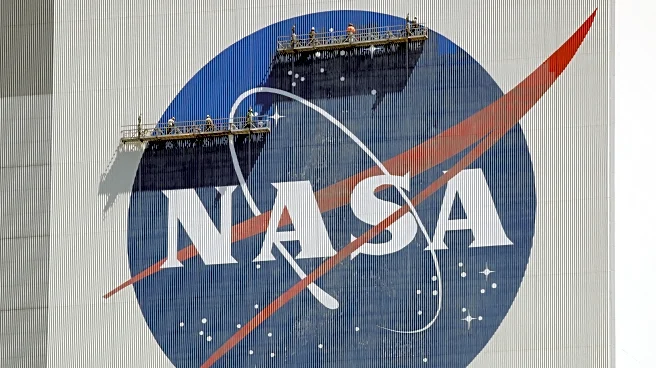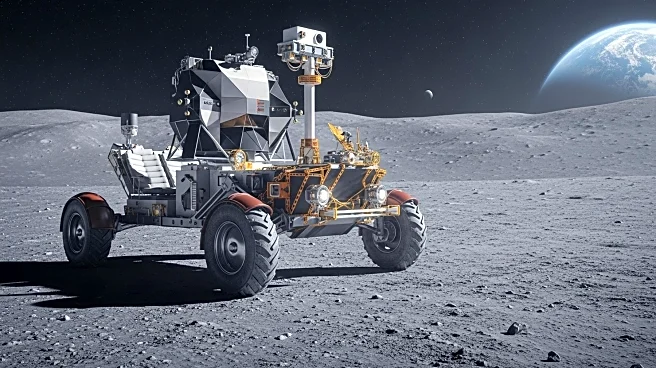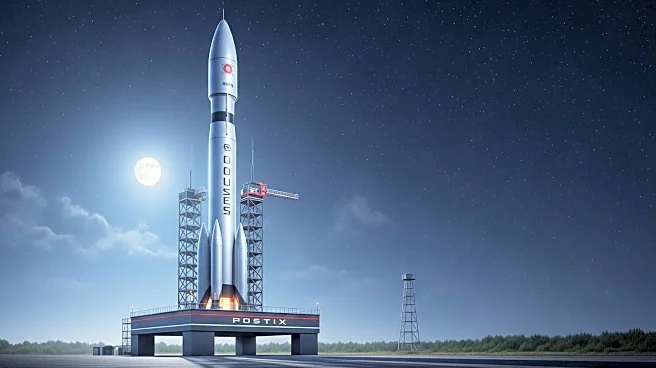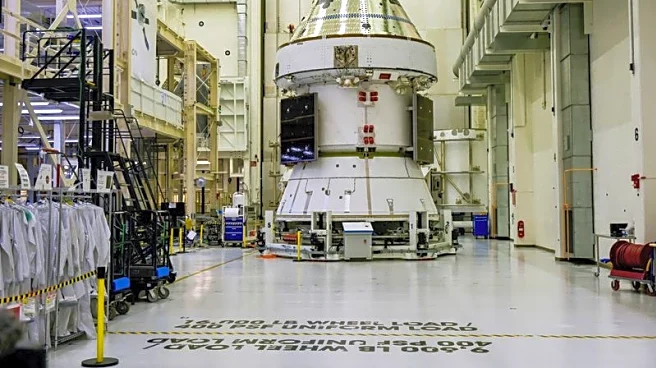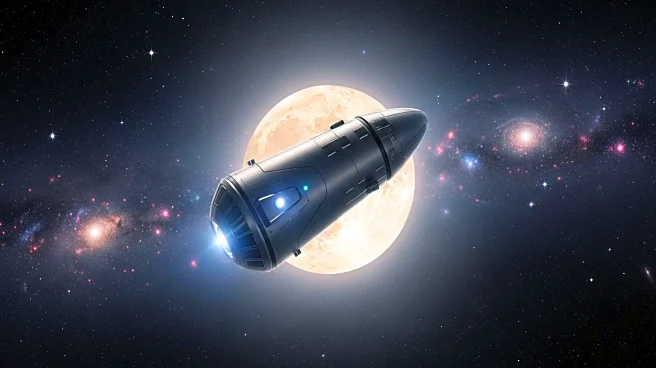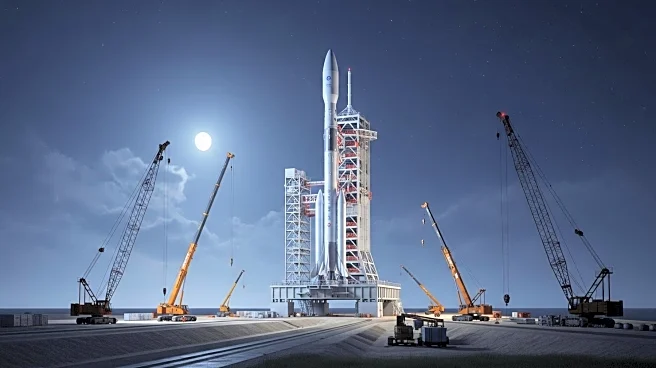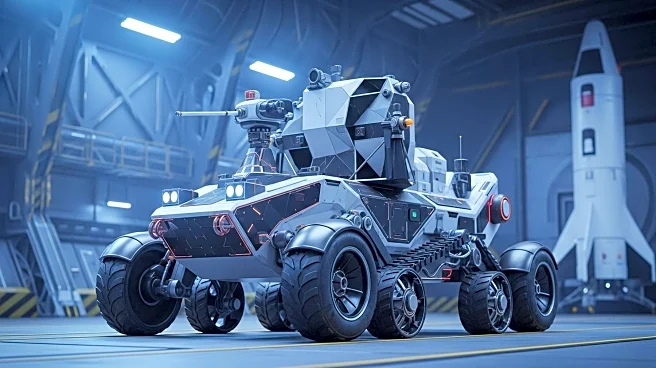What's Happening?
SpaceX is preparing for the next flight of its Starship megarocket, which is designed for Mars exploration and other deep-space missions. The company recently conducted a 'static fire' test with its latest Starship upper stage, firing up its six Raptor engines while the vehicle remained anchored to the launch mount at SpaceX's Starbase site in South Texas. This test is part of the preparation for Starship's 11th test flight. The previous test flight, Flight 10, was successful, marking a bounce-back for Starship after losing the vehicle prematurely on the previous three test flights. SpaceX has not yet announced a target launch date for Flight 11, which will be the final mission of Starship's current 'Version 2' iteration.
Why It's Important?
The successful development and testing of SpaceX's Starship are crucial for the company's long-term goals of enabling human settlement on Mars and conducting other deep-space exploration missions. The Starship, being the biggest and most powerful rocket ever built, is designed to be fully and rapidly reusable, which could significantly reduce the cost of space travel. This development is also important for the U.S. space industry, as it could enhance the country's capabilities in space exploration and potentially lead to new scientific discoveries and technological advancements.
What's Next?
SpaceX is expected to announce the target launch date for Flight 11 soon. The successful completion of this test flight will mark the end of the current 'Version 2' iteration of Starship, paving the way for further advancements and iterations of the spacecraft. Stakeholders, including NASA and other space agencies, are likely to closely monitor these developments, as they could impact future collaborations and missions.

